Products for Phenylpropanoids
-
BCN5413
Isoforsythiaside
Isoforsythiaside, isolated from Forsythia suspensa, is an antioxidant and antibacterial phenylethanoid glycoside with MICs of 40.83, 40.83, and 81.66 μg/mL for Escherichia coli(E. coli), Pseudomonas aeruginosa(PAO), and Staphylococcus aureus (SA), respectively.(CAS NO.:1357910-26-9)

-
BCN6192
6-O-Caffeoylarbutin
Botanical source: The herbs of Viburnum dilatatum Thunb.(CAS NO.:136172-60-6)
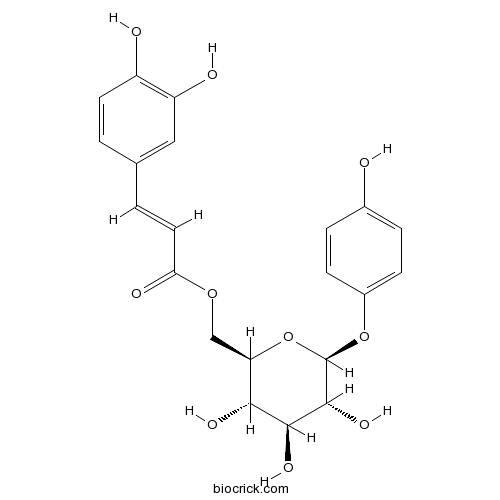
-
BCN1579
3,4'-Dihydroxy-3',5'-dimethoxypropiophenone
Botanical source: The barks of Cinnamomum camphora(CAS NO.:136196-47-9)

-
BCN6195
6-O-Feruloylglucose
Botanical source: The herbs of Catalpa fargesii f. duclouxii(CAS NO.:137887-25-3)
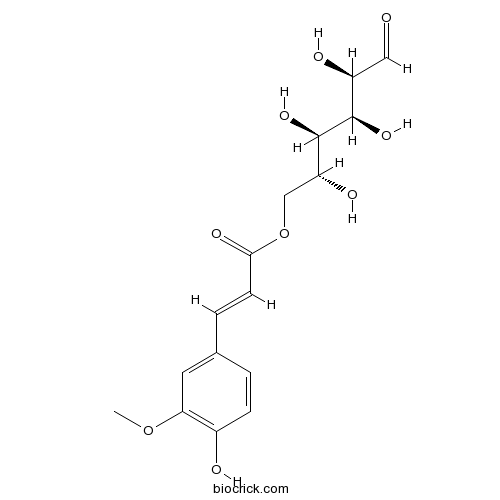
-
BCN6196
Arillatose B
Botanical source: The herbs of Catalpa fargesii f. duclouxii(CAS NO.:137941-45-8)
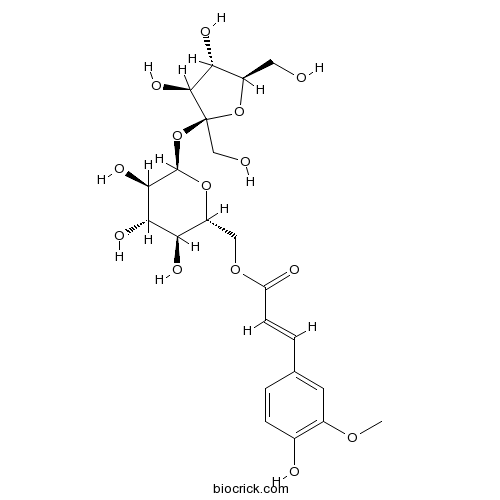
-
BCN6201
Eugenol rutinoside
Botanical source: The herbs of Leonurus artemisia(CAS NO.:138772-01-7)
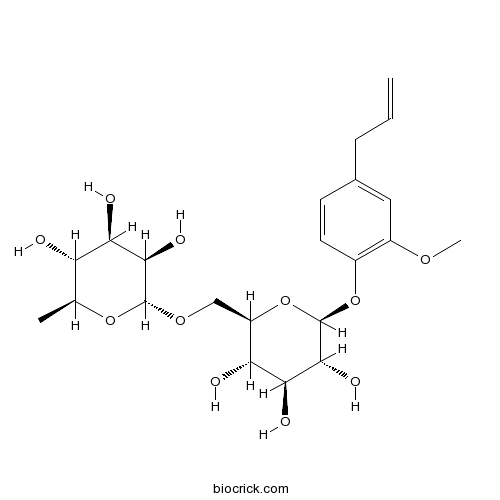
-
BCN2893
Tenuifoliside A
Tenuifoliside A is isolated from Polygala tenuifolia, has anti-apoptotic and antidepressant-like effects. Tenuifoliside A exhibits its neneurotrophic effects and promotes cell proliferation through the ERK/CREB/BDNF signal pathway in C6 cells.(CAS NO.:139726-35-5)
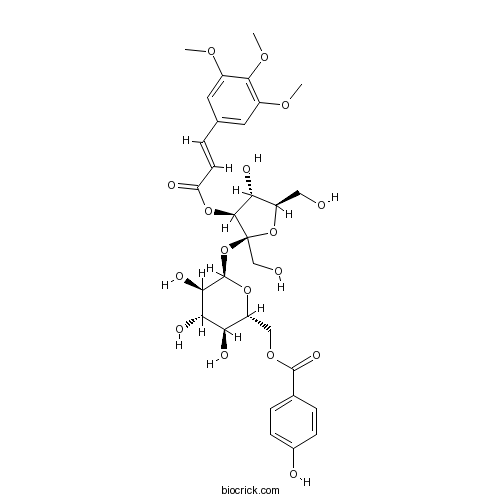
-
BCC9251
Tenuifoliside B
Tenuifoliside B, a component isolated from Polygalae Radix, inhibits potassium cyanide (KCN)-induced hypoxia and scopolamine-induced memory impairment. Tenuifoliside B shows potential cognitive improvement and cerebral protective effects. Tenuifoliside B has potential to become an anti-AD lead compound.(CAS NO.:139726-36-6)
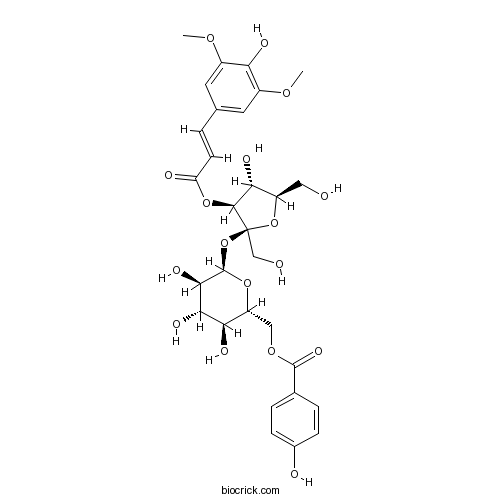
-
BCN8299
tenuifoliside C
Tenuifoliside C, isolated from polygala tenuifolia willd, significantly inhibits chlorzoxazone 6-hydroxylation catalyzed by CYP2E1.(CAS NO.:139726-37-7)

-
BCN2719
3,6'-Disinapoyl sucrose
3',6-Disinapoylsucrose, the index component of Yuanzhi (Polygala tenuifolia Willd), possesses potent antioxidant activity and antidepressant effect.(CAS NO.:139891-98-8)
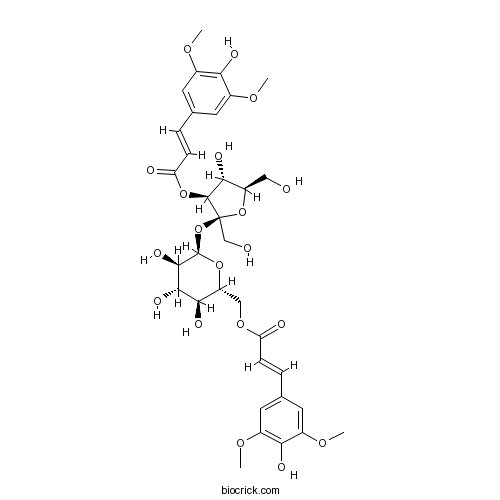
-
BCN6217
Cinnamic acid
trans-Cinnamic acid is a natural antimicrobial, with minimal inhibitory concentration (MIC) of 250 μg/mL against fish pathogen A. sobria, SY-AS1.(CAS NO.:140-10-3)
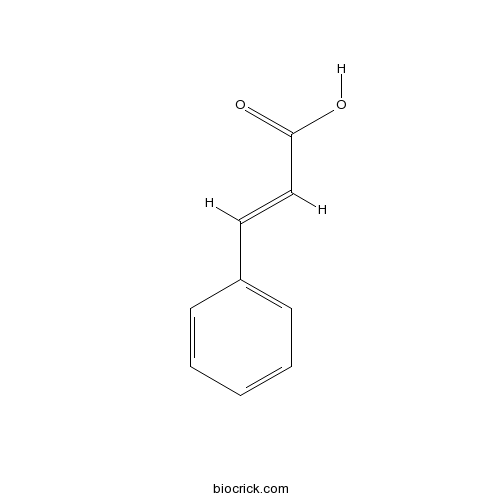
-
BCN8062
Magnoloside D
Botanical source: The bark of Magnolia obovata(CAS NO.:1418309-03-1)

-
BCN2714
Pimentol
Botanical source: The herbs of Pimenta dioica(CAS NO.:141913-95-3)

-
BCN3476
Isosalvianolic acid C
Botanical source: The herbs of Tournefortia sarmentosa.(CAS NO.:142115-17-1)
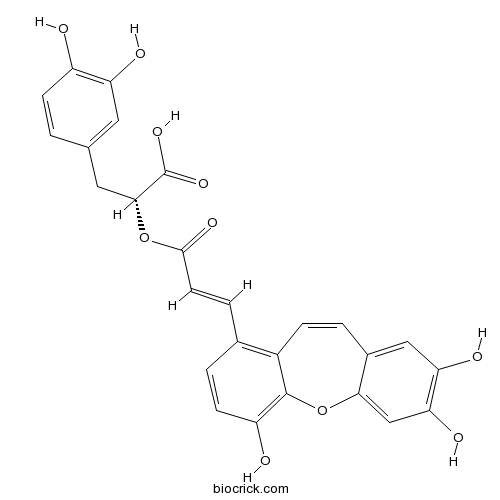
-
BCN2369
Salvianolic acid D
Salvianolic acid D, isolated from Salvia miltiorrhiza, is a potential antiplatelet activity compound.(CAS NO.:142998-47-8)
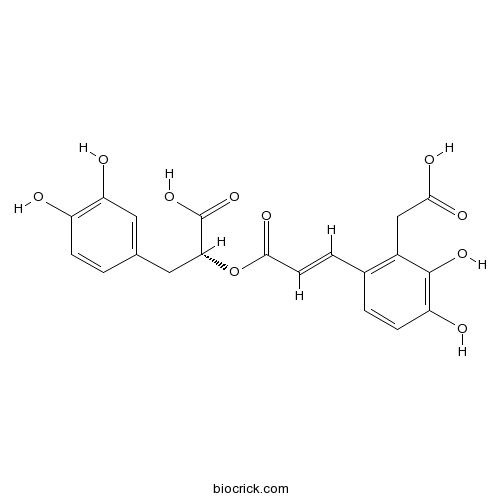
-
BCN8004
Ethyl 3,4-dicaffeoylquinate
Botanical source: The herbs of Inula cappa(CAS NO.:143051-73-4)
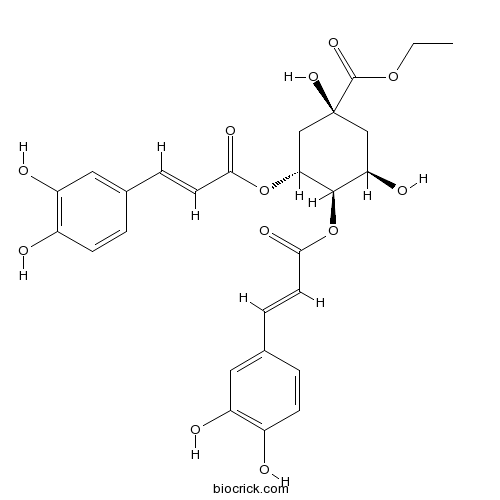
-
BCN6249
Brachynoside heptaacetate
Botanical source: The herbs of Clerodendrum japonicum(CAS NO.:144765-80-0)

-
BCN6252
Junipediol B
Botanical source: The leaves of Juniperus chinensis(CAS NO.:144881-19-6)
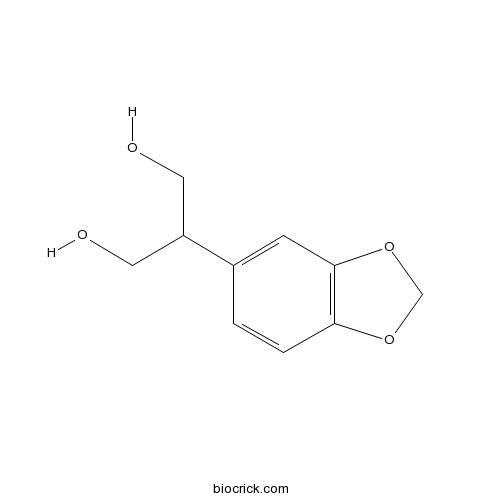
-
BCN1563
4',9,9'-Trihydroxy-3'-methoxy-3,7'-epoxy-4,8'-oxyneolignan
Botanical source: The leaves of Juniperus chinensis(CAS NO.:144881-21-0)

-
BCN5909
Isochlorogenic acid B
3,4-Dicaffeoylquinic acid is a reference substance of a common phytochemical found in Echinacea (Echinacea sp.(CAS NO.:14534-61-3)

-
BCN3749
Brachynoside
Botanical source: The herbs of Clerodendrum japonicum(CAS NO.:145898-87-9)

-
BCC8198
Ligupurpuroside A
Botanical source: The herbs of Ligustrum purpurascens(CAS NO.:147396-01-8)

-
BCC8199
Ligupurpuroside B
Ligupurpuroside B is a glycoside isolated from Ligustrum robustum, with antioxidant activity.(CAS NO.:147396-02-9)
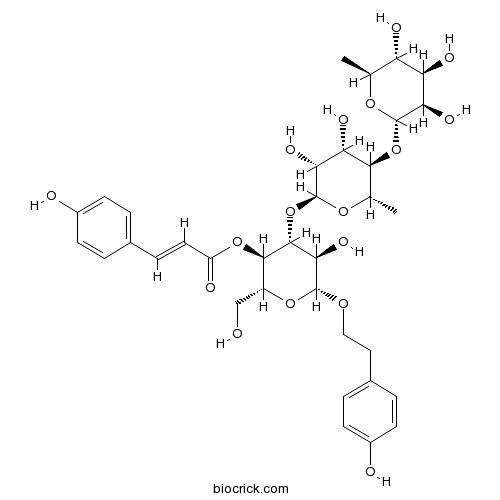
-
BCN5029
trans-3-Hydroxycinnamic acid
(E)-m-Coumaric acid (3-Hydroxycinnamic acid) is an aromatic acid that highly abundant in food. (E)-m-Coumaric acid (3-Hydroxycinnamic acid) is an antioxidant.(CAS NO.:14755-02-3)

-
BCN3403
Methyl 3-O-feruloylquinate
Botanical source: The barks of Phellodendron amurense(CAS NO.:154418-15-2)






























